Deer hunting and wildlife observation are popular pastimes across North America, with blacktail and whitetail deer being two of the most commonly encountered species. While both are members of the deer family, they exhibit key differences in physical characteristics, behavior, habitat, and hunting challenges. Understanding the differences between blacktail vs whitetail deer is essential for hunters, wildlife enthusiasts, and conservationists alike.
This guide will explore the unique traits of blacktail and whitetail deer, compare their habitats and behaviors, and provide insights into hunting strategies and legal considerations.
Overview of Blacktail vs Whitetail Deer
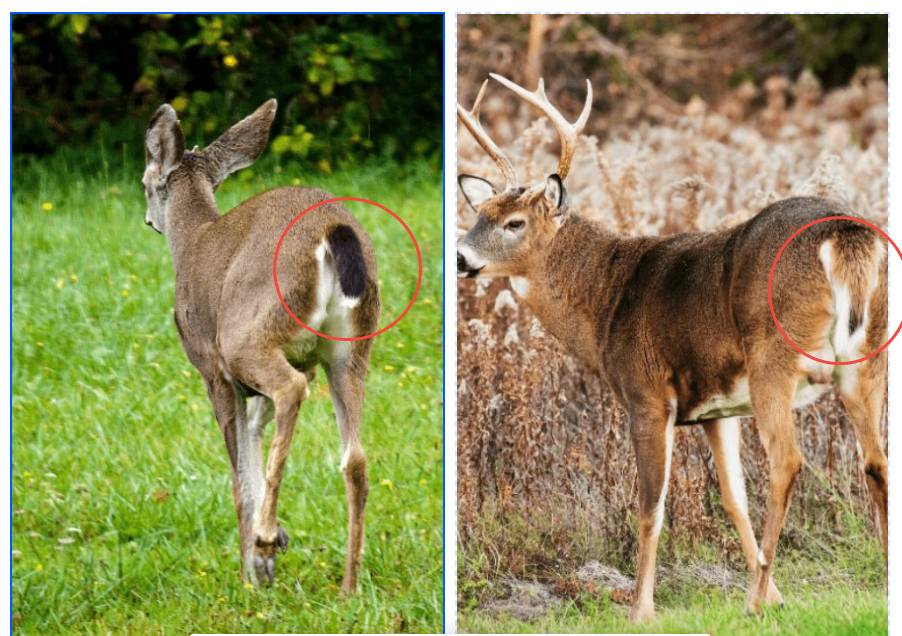
A blacktail deer(left) and a whitetail deer(right). The color of their tails is obviously different
Blacktail and whitetail deer both belong to the species Odocoileus virginianus, but blacktails are classified as subspecies: Odocoileus hemionus columbianus (Columbian black-tailed deer) and Odocoileus hemionus sitkensis (Sitka black-tailed deer).
Despite their genetic similarities, these deer have evolved differently due to their distinct habitats and environmental conditions.
Whitetail deer are the most widely distributed deer species in North America. They can be found in almost every U.S. state, much of Canada, and even parts of South America.
Their adaptability allows them to thrive in diverse environments, including forests, farmlands, grasslands, and suburban areas. Due to their widespread range, whitetail deer have different subspecies adapted to various climates and landscapes.
Blacktail deer, in contrast, have a much more restricted range. They primarily inhabit the western coastal regions of North America, from California up through British Columbia and into Alaska.
Unlike whitetails, blacktails prefer dense, wet forests, mountainous terrains, and rugged coastal environments. Their limited range and secluded habitats make them more elusive and harder to spot compared to whitetail deer. Blacktail populations are also less abundant, leading to different hunting strategies and challenges for those pursuing them.
Differences Between Blacktail and Whitetail Deer
1. Physical Differences
When comparing the physical differences between blacktail and whitetail deer, their tails and coloration are key factors.
Blacktail deer are generally smaller, with males weighing between 100 to 200 pounds and females ranging from 75 to 125 pounds. They have unique appearance of dark brown to black tails stand out against their brown bodies.
In comparison, whitetail deer are larger, with males weighing from 150 to 300 pounds and females between 100 to 200 pounds. Their coloration changes with the seasons, displaying a reddish-brown coat in the summer and then shifting to a grayish-brown in winter, along with a characteristic white underside on their tails.
Overall, blacktail deer are lighter and smaller than their whitetail counterparts, making them easily distinguishable in the wild.
| Characteristic | Blacktail Deer | Whitetail Deer |
| Size | Smaller, 100-200 lbs (males), 75-125 lbs (females) | Larger, 150-300 lbs (males), 100-200 lbs (females) |
| Color | Dark brown to black tail with a brown body | Reddish-brown in summer, grayish-brown in winter, white under-tail |
| Weight | Lighter than whitetail deer | Generally heavier |
2. Antler Structure
One of the most noticeable differences between blacktail and whitetail deer is their antler structure.
- Blacktail Deer: Their antlers are smaller, more compact, and have a branching pattern similar to mule deer. Instead of growing from a single main beam, blacktail antlers fork into two main branches, with additional tines extending from these branches. This gives their antlers a more symmetrical and structured appearance. Due to their smaller body size and dense forest habitat, blacktails do not grow exceptionally large antlers compared to their whitetail counterparts.
- Whitetail Deer: Whitetail antlers grow in a distinct upward pattern, with multiple tines sprouting from a single main beam on each side. This gives their antlers a more chaotic, jagged look compared to the symmetrical branching structure of blacktails. Mature whitetail bucks can develop large, elaborate antlers, especially in areas with rich food sources.
3. Behavioral and Movement Differences
The behavior and movement patterns of these deer species are influenced by their environment and survival instincts.
Blacktails are incredibly elusive and tend to stay hidden in dense forests and rugged coastal terrain. They prefer to move through thick cover and are less likely to venture into open fields. This makes spotting them more difficult, as they use the landscape to their advantage for camouflage and protection against predators.
On the other hand, Whitetails are more adaptable and commonly found in open fields, forests, and even suburban areas. They are more visible and active during daylight hours, making them easier to observe. Whitetails also tend to follow well-established trails and patterns, allowing hunters and wildlife enthusiasts to track them more predictably.
4. Habitat
The natural habitats of these two species play a significant role in their behavior and survival strategies.
Blacktail Deer primarily found along the Pacific Coast, blacktails thrive in dense forests, steep mountain slopes, and coastal regions. They are well-adapted to wet, rainy climates and prefer areas with thick undergrowth, where they can remain hidden. Their rugged habitat makes hunting and observing them more challenging compared to whitetails.
Whitetail Deer are one of the most versatile deer species in North America, adapting to grasslands, agricultural fields, forests, swamps, and even suburban neighborhoods. Their ability to survive in various landscapes has contributed to their large and stable population across the continent.
5. Diet
Both blacktail and whitetail deer are herbivores, but their diet varies based on their habitat and food availability.
Due to their coastal and forested environment, blacktails primarily consume shrubs, ferns, lichens, mushrooms, and various coastal vegetation. They rely on woody plants and browse more than grasses.
Whitetails have a more diverse diet, including grasses, leaves, fruits, nuts, and even agricultural crops like corn and soybeans. Their ability to eat a wide range of plants allows them to thrive in multiple environments, including farmland and suburban gardens.
4. Comparison Table
| Feature | Blacktail Deer | Whitetail Deer |
| Size | Smaller | Larger |
| Color | Dark brown to black tail | Reddish-brown, grayish in winter |
| Weight | 100-200 lbs (males) | 150-300 lbs (males) |
| Antlers | Compact, forked | Larger, tined structure |
| Behavior | Elusive, prefers dense cover | More adaptable, seen in open fields |
| Habitat | Coastal forests, mountainous terrain | Grasslands, forests, suburban areas |
| Diet | Shrubs, ferns, coastal vegetation | Leaves, grasses, crops |
Blacktail vs Whitetial: Key Hunting Strategies
Hunting black-tailed and white-tailed deer requires different approaches due to their distinct behaviors, habitats, and movement patterns.
While both species pose unique challenges, understanding their habits, selecting the right gear, and following legal regulations can significantly increase a hunter’s success.
Hunting Challenges
Black-tailed deer are often considered one of the most challenging North American deer species to hunt. Their elusive nature and preference for dense forests make them difficult to locate and track:
- Dense Habitat: Blacktail deer thrive in thick undergrowth, mountainous forests, and coastal brush, making visibility difficult. Hunters must navigate rugged terrain and anticipate deer movement within these dense environments.
- Secretive and Nocturnal Tendencies: Blacktails are most active during dawn and dusk, limiting prime hunting opportunities. Unlike whitetails, they often avoid open fields and prefer to stay hidden in thick vegetation.
- Unpredictable Movement: Unlike whitetails, which often follow well-established trails, blacktail deer move sporadically, making patterning their behavior more difficult. This requires patience and adaptability from hunters.
- Weather Adaptation: Blacktails thrive in wet, rainy conditions, especially in the Pacific Northwest. Hunting in such conditions can be challenging due to poor visibility, slippery terrain, and the need for waterproof gear.
White-tailed deer are more abundant and often easier to locate than blacktails, but they are still highly cautious and possess sharp senses that make them a challenge to hunt. Key obstacles include:
- Keen Sense of Smell and Hearing: Whitetails have an extraordinary ability to detect human scent and sound. Hunters must be meticulous with scent control and move carefully to avoid detection.
- Quick to Spook: A slight movement or unfamiliar sound can send a whitetail sprinting into cover. This makes stealth and positioning crucial for success.
- Changing Patterns: Whitetail behavior shifts throughout the season. During early fall, they stick to feeding patterns, while during the rut (mating season), bucks become more unpredictable as they chase does.
Which One Is Harder to Hunt?
Both deer species require skill and strategy, but blacktail deer are generally considered harder to hunt due to their secluded nature, dense forest habitat, and unpredictable movements.
Blacktail deer demand spot-and-stalk techniques, often in rugged, wet environments that require endurance and patience.
Whitetail deer can be more predictable but require careful setup, scent control, and knowledge of seasonal behavior changes.
For newer hunters, whitetail deer offer more opportunities for success, while blacktails present a rewarding challenge for those willing to put in extra effort.
Gear That You Need
Successful deer hunting requires proper equipment. To hunt those deer, you will need:
- Weapons: The .270 Winchester, .30-06 Springfield, and .308 Winchester are popular rifle choices for both species. Compound and crossbows are commonly used, especially for whitetail hunting in tree stands. Shotguns are versatile but can only be used in some states with shotgun-only hunting regulations.
- Camouflage Clothing: You will need it to adapt to the specific environment (woodland, brush, or snowy terrain).
- Scent Control Products: Deer have a good sense of smell. Use scent-eliminating sprays, soaps, and activated carbon clothing to minimize human odor.
- Binoculars and Rangefinders: These tools are essential for spotting deer in the distance and determining accurate shot placement. Check 6 Best Rangefinders For Hunting.
- Calls and Attractants: Doe bleats and rattling antlers work well during the rut, primarily for whitetails. Read more: 6 Best Deer Attractants To Enhance Your Success.
Deer Hunting Tactics
For Blacktail Deer Hunting:
Due to their secretive behavior, blacktail hunting requires patience and a different approach:
- Spot-and-Stalk Hunting: This method involves glassing (scanning the landscape with binoculars) from a high vantage point and then moving in stealthily.
- Still Hunting: Moving slowly through dense forest areas, stopping frequently to observe and listen. This requires patience and knowledge of blacktail bedding areas.
- Ambush Hunting: Setting up near feeding zones or known travel corridors. This is less common than in whitetail hunting, but it can be effective in areas where blacktails frequent clearings.
For Whitetail Deer Hunting:
Whitetail hunting revolves around patterning deer movement and strategically placing ambush points:
- Tree Stand and Ground Blind Hunting: Setting up the ground blinds near feeding areas, rub lines, or bedding spots increases the chances of an encounter.
- Baiting (Where Legal): Using corn, acorns, or food plots to attract deer to a specific area.
- Calling and Rattling: Using grunt calls and antler rattling to simulate bucks fighting, attracting dominant males during the rut.
- Decoy Hunting: Placing realistic deer decoys can lure bucks into range, especially during the mating season.
While both species require stealth, blacktail hunting is more physically demanding due to the terrain, while whitetail hunting relies more on patience and strategic setup.
Legal Considerations
Hunting Seasons
Each state has its own hunting season and regulations, including season dates, bag limits, license requirements, and restrictions on weapon types.
- Whitetail Deer Seasons: Typically range from early fall to late winter, with variations for archery, muzzleloader, and rifle seasons. Some states, like Texas, have extended seasons due to high populations.
- Blacktail Deer Seasons: Generally shorter and more restricted, often from late summer to early fall. Found primarily in Pacific coastal states like California, Oregon, Washington, and Alaska.
Hunters should always check with state wildlife agencies for the most up-to-date regulations.
Licensing & Tags
Most states require hunters to obtain a general deer license, along with specific tags for whitetail or blacktail deer.
Some states have separate quotas for each species to ensure population management, and certain areas may require lottery-based permits due to limited hunting access.
Population Trends
Whitetail populations remain stable or increasing in many regions due to high adaptability and conservation efforts. Some areas experience overpopulation, leading to more liberal hunting seasons to control numbers.
Blacktail deer populations are more localized and face declines in certain areas due to habitat loss, increased predation (e.g., mountain lions and wolves), and environmental changes. That is why there are stricter management policies to help maintain sustainable blacktail populations, with some states limiting harvest numbers.
Conclusion
While blacktail and whitetail deer share similarities, they differ significantly in size, behavior, habitat, and hunting difficulty. Understanding these differences is crucial for successful hunting and conservation efforts.
Whether you’re a hunter, wildlife enthusiast, or researcher, knowing the distinctions between these two species enhances appreciation and respect for North America’s diverse deer population.


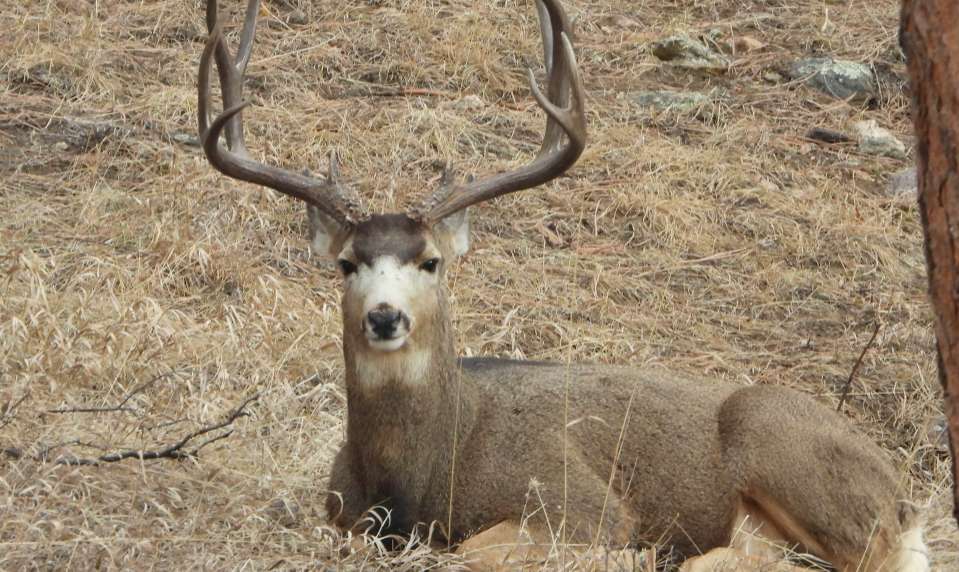
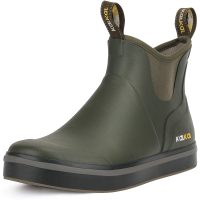

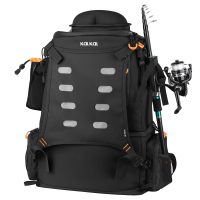
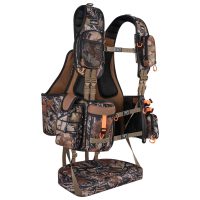





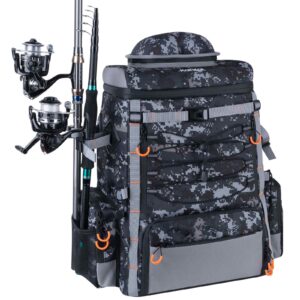
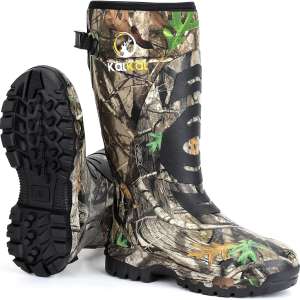
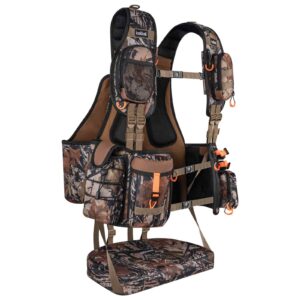

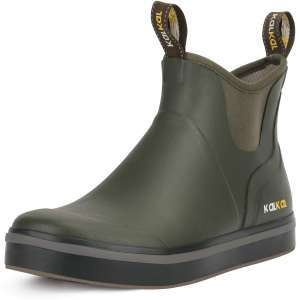



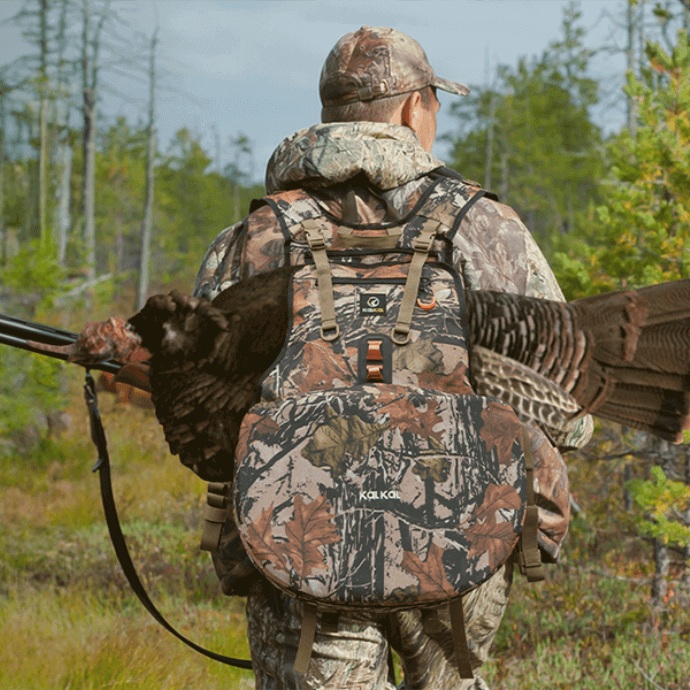
Leave a reply